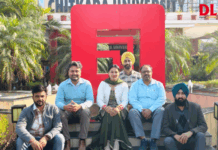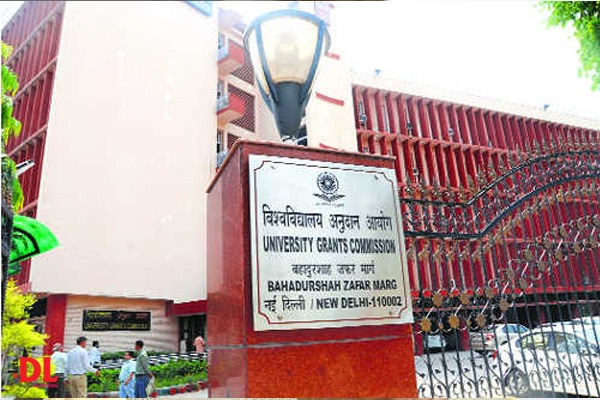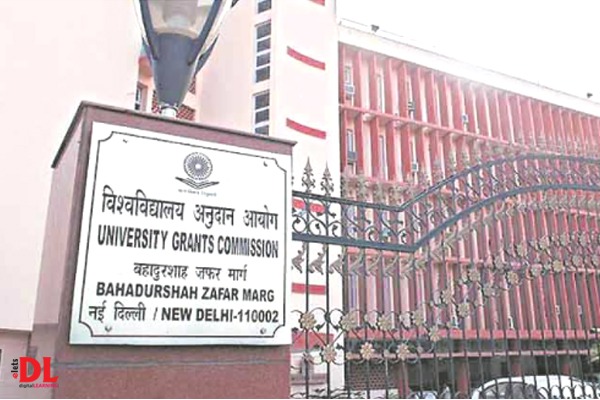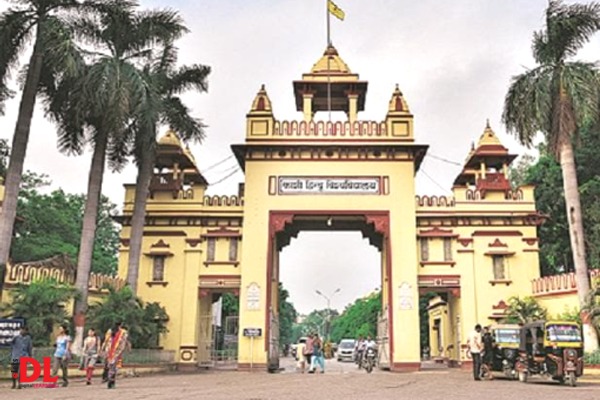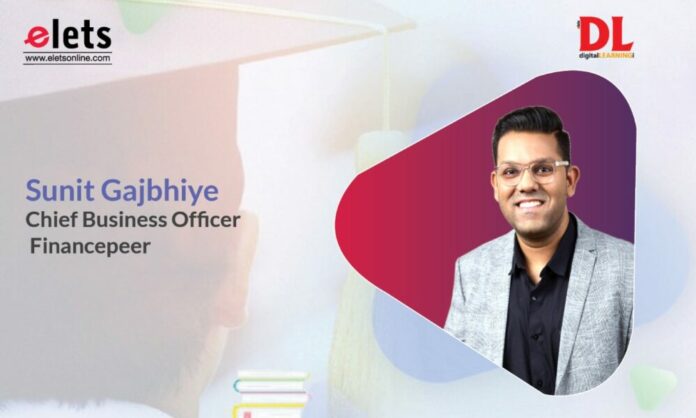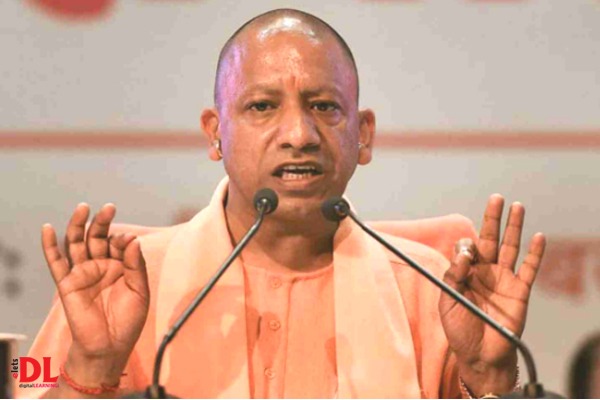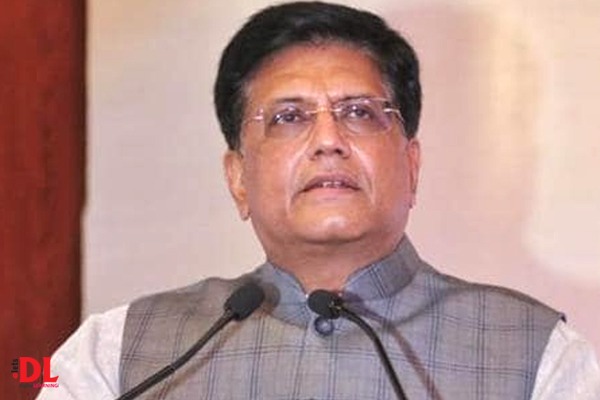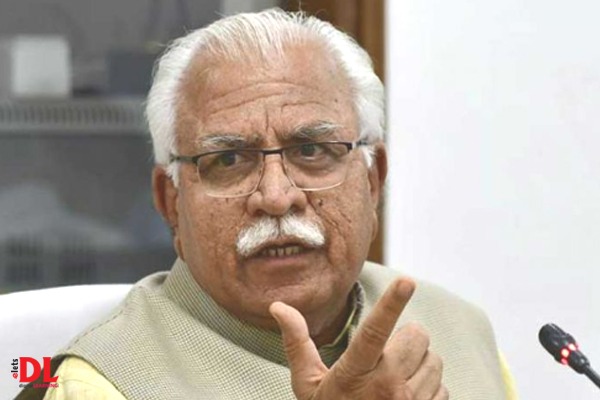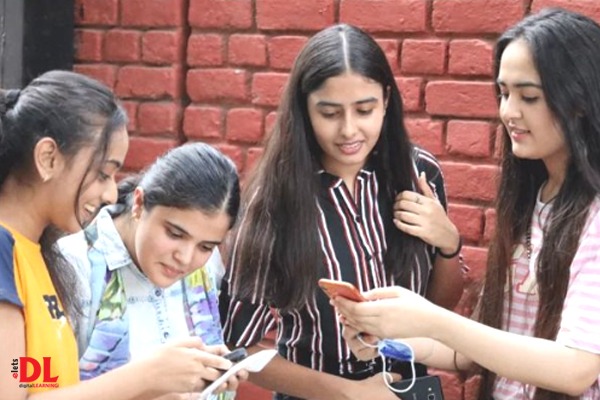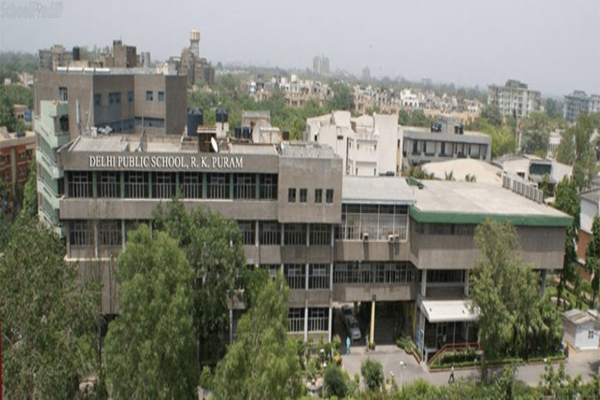by Sunit Gajbhiye – Chief Business Officer, CBO at Financepeer
The world is emerging fast from the shadows of the pandemic. Among the many negatives brought by the pandemic, there were a few positives too. The adoption of online education and the growth of fintech were among those positives that have signalled the outlook of the future. When more than 1.5 million schools across the nation abruptly closed due to the lockdown, the synergy between online education and fintech was the primary reason behind the continuation of education during this period.
It is estimated that the household income of 97% of households declined during the pandemic. At a time when many parents were struggling to pay the fees of the wards to the educational institutions and the institutions needed to make fresh investments for online education besides meeting the overheads like salaries, maintenance, and other expenses; fee financing emerged as a viable solution to address the problems of both sides. Not only did it facilitate the students to continue their education but also helped the institutions by ensuring the flow of capital in the entire education sector.
Fee financing is an innovative alternate source of education funding where the financing company pays the total fee for the year (educational session) upfront to the education sector and the parents can pay back the money in easy interest-free installments to the company. This reduces the stress of parents about the continuity of their ward’s education and with capital in hand, education institutions can make investments in infrastructure and plan the sessions better. What makes this model unique is the sense of assurance it provides to both ends of the value chain through its seamless and hassle-free outlook. Neither the parents nor the institutions have to worry about complicated procedures and lengthy paperwork.
The fee financing model has been in existence for the past few years. However, the awareness and acknowledgement remained moderate which is reflected in the growth of the entire sector. There has been an air of confusion where Fee Financing is confounded with education loans which eventuate reluctance among people while opting for it due to fear of complicated procedures, the demand for collateral by banks, and high-interest rates.
However, during the pandemic, in absence of conventional modes for funding education, fee financing strongly emerged as the preferred alternative for many people. The success of the model encouraged more parents and institutions to consider it seriously which made it a go-to option for them. The fact that we have witnessed exponential growth during the two years of the pandemic and have served more than 2.2 million users, is a testament to the growing significance of fee financing in the education sector in the country.
The success of fee financing has caught the attention of both the start-ups and established players in the finance sector. More and more players are foraying in the sector. The sector which had only a handful of players a few years back now has plenty of active players now and the number is on the rise. This is widening the choices for the parents and the schools. Fee financing is no more a niche segment in the sector. It is now being recognized as the next big phenomenon in the education sector.
The observers from the industry speculated the success of fee financing to be deciduous which would peter out soon. However, contrary to their observations, fee financing has emerged even stronger after the pandemic. The model which was earlier being used primarily for school fee financing is now evolving into a choice for financing vocational and higher education as well. More importantly, the model is now spreading its roots to smaller towns and rural areas. Technology has helped people even in the smallest of remotest parts of the country to reach fee financing companies and avail their services.
In the current scenario, all the stakeholders, whether it’s parents, students, educational institutes, public policymakers, or administrators, recognize fee financing as a key factor for survival and safe navigation of the education sector through the troubled waters of the pandemic. It is the fee financing model that was largely responsible for arresting the school dropouts during Covid-19. As the pandemic receded, fee financing emerged as the key enabler for the growth of education in the country, especially in the smaller towns. Many aspirants who were reluctant in approaching traditional banks to seek funding for their education are now reaching out to fee financing companies without any hesitation. Fee financing has reduced the distance between their dreams and reality to only a few touches on their smartphone. This is a win-win situation for both the industry and the country’s education sector.
About the author –
Sunit Gajbhiye is an alumnus of IIM Indore and VJTI. He is skilled in Business Strategy and Operations, Sales and Marketing, Product Management, Mobile, RPA, and Innovation esp in the Smartphones domain having worked with SamsungElectronics for flagship smartphones, Edgeverve in RPA using Computer Vision and AI. Sunit has a patent in the smartphone domain and aims to impact Global Education with a Mobile-first strategy.


